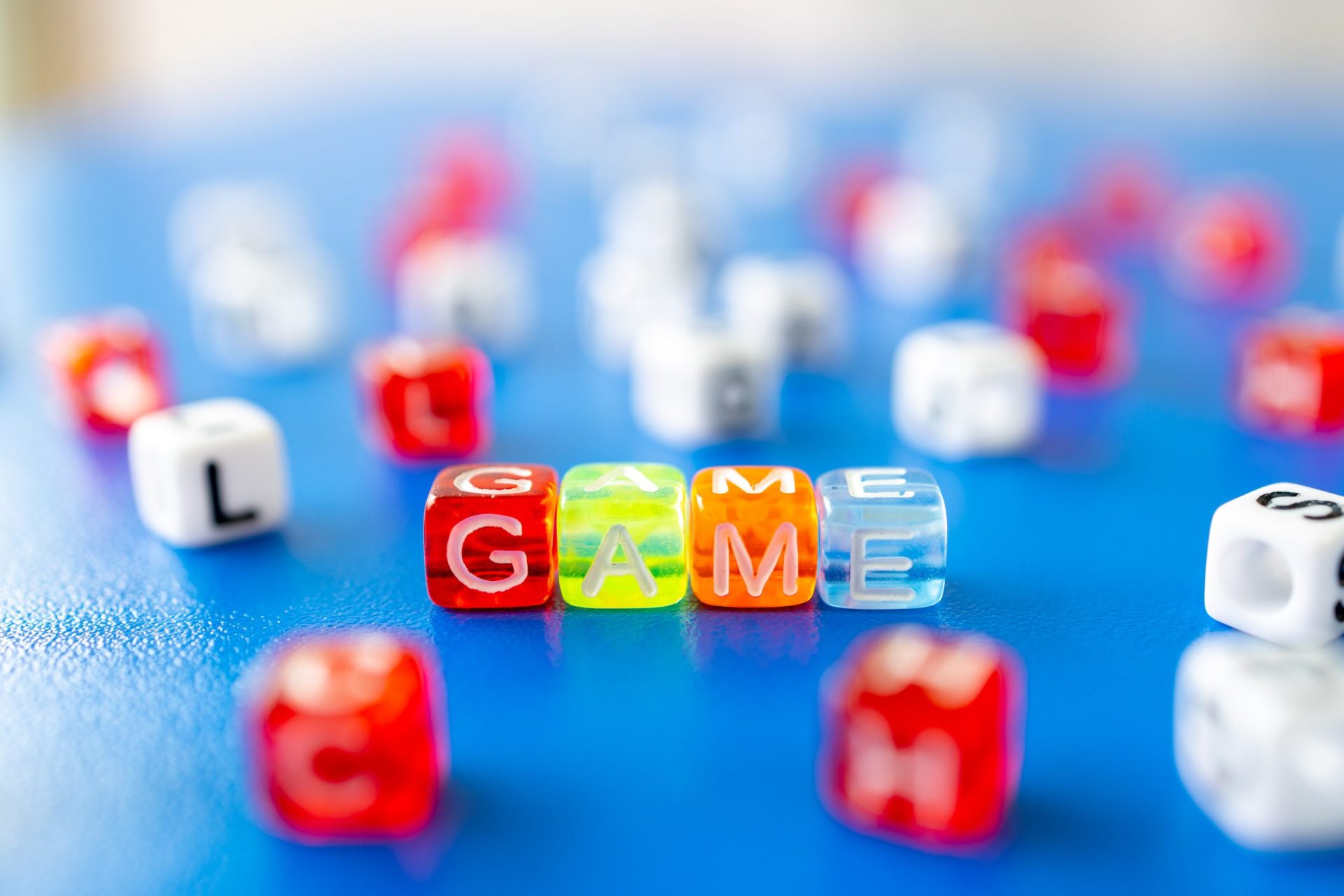
12 Jul What the heck is Gamification and why is it so delicious?
Have you ever participated in one of those grocery store monopoly games, collected virtual coins in a language learning app, or used just about any rewards program? These are just a few examples of the ways in which businesses utilize the concept of gamification. But what is gamification and does it have a place in your business?
Gamification can be defined as the “intentional process of transforming practically any activity, system, service, product, or organizational structure into one which affords similar positive experiences, skills, and practices as found in games.” 1 Is this something that would work in your business though? Well, if you ask a company like Nike, who has a fitness app that is practically a masterpiece of gamification, the answer is a resounding yes. This is because gamification works to enhance skills, motivation, creativity, playfulness, engagement, and has an overall positive impact on growth and happiness.1 It works by triggering real, powerful human emotions (intrigue, happiness, excitement, anticipation etc.). How does it do this though?
In simple terms, gamification works by triggering emotions that are linked to positive user experience, and it does this in several different ways.
1. Positive Reinforcement

Photo by Richard Brutyo on Unsplash
Have you ever trained a dog before? Maybe you even remember learning about Pavlov’s conditioning theory in school? Good news! We’re more similar to our K9 friends in this manner than you think. Just as we reinforce a dog’s behavior with treats, our own behavior becomes reinforced in the same way. Every time we complete a level, overcome an obstacle, earn points, or win a game our brain releases dopamine ‘the reward chemical’ which makes us feel good and encourages us to complete the behavior again. Social media is the perfect example of this. Every time we get engagement or “likes” on something we post we feel good, which reinforces the behavior and makes us want to spend more time on the app or website. Therefore, an organization can utilize gamification to reward employees and customers for executing a desired behavior, reinforcing this behavior, and encouraging them to continue to do it even outside of the game-like setting.
2. Control
Simple psychology, as well as our own personal experience, will tell us that people don’t like to be controlled or forced to do things. We all like to feel autonomous in our lives, the masters of our own destiny. In general, most people like to feel that they’re in control. With gamification people are in control of what they are doing, they have autonomy, while simultaneously completing the required tasks and objectives. Language learning apps are a great example of this. You have control over which lessons you complete and how much time you spend on it, while the app achieves its goal of teaching you a language through the use of engaging and entertaining game-like experiences. This concept can also be useful for a business that is looking to complete a specific objective within the company. Whether the goal is to increase productivity, enhance engagement, or encourage innovative thinking, gamification allows employees to feel like they are in control while simultaneously achieving organizational goals.
3. Sense of Achievement
Creating a sense of achievement is one of the most powerful forces that drives human behaviour. Think about it, everything that we do, we do with the goal of accomplishing or achieving something. By making someone feel like they have achieved something, it makes them want to come back and repeat the action again. As any individual who has gone through basic managerial training knows, even saying something as simple as “good job” generates a sense of accomplishment in the individual who is receiving the positive feedback. This again triggers that reward reflex and encourages participants to continue to complete the behavior or action that they are being rewarded for. This sense of achievement is essential for skill development, motivation, productivity, and engagement. Without a sense of achievement, tasks and objectives become meaningless and mundane, this leaves organizations with an unproductive and oftentimes unmotivated workforce. Gamification can help to change this by creating a sense of achievement and reward around desired tasks.
The ways in which gamification can help organizations achieve their goals are endless. It is a scientifically backed tool that can drastically improve organizational outcomes, but figuring out how to utilize this tool can be challenging. Let GoodGames help! We have numerous game-like experiences that are uniquely designed to attain specific organizational goals. We also work with organizations to design new game-like experiences that are uniquely designed to match their desired objectives. For more information please visit goodfocusgames.com/ or reach out to us at hello@goodfocus.net!
